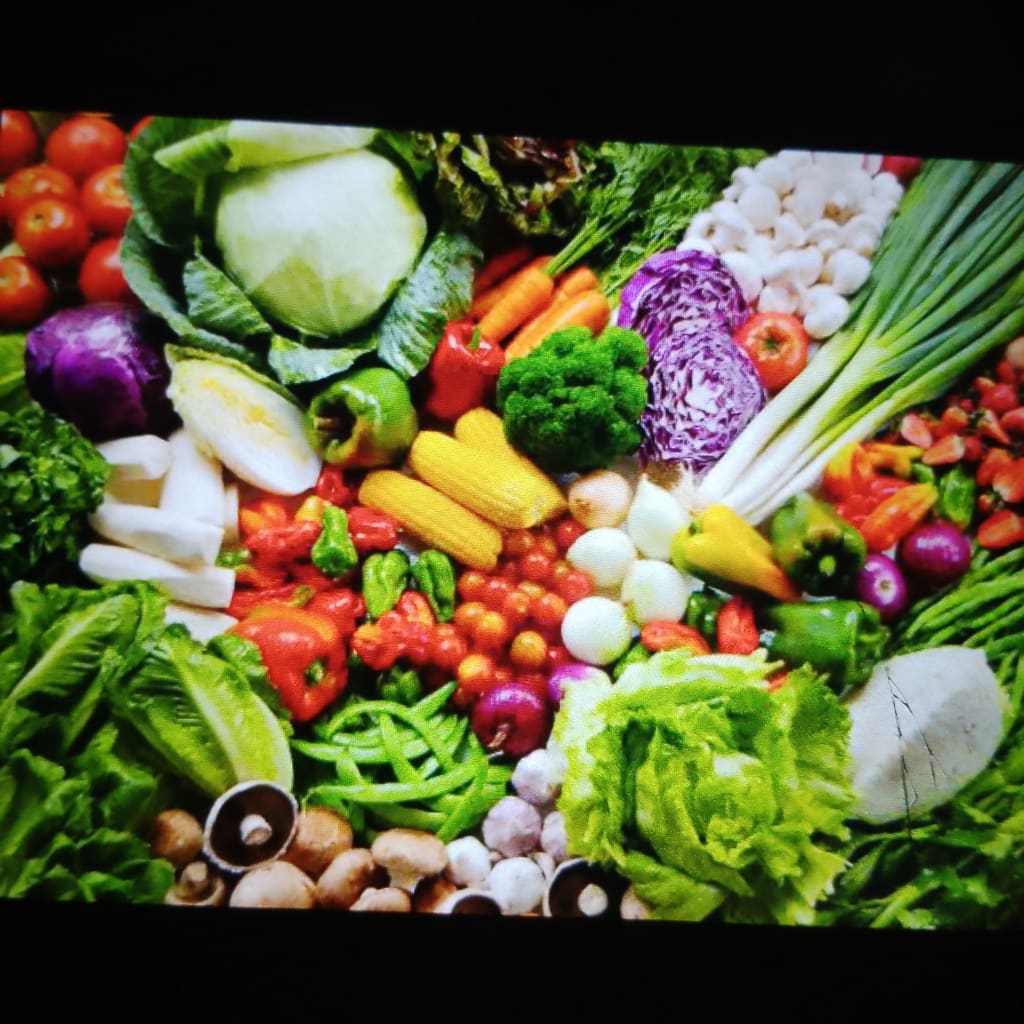Urban Farming
How to Grow Your Own Food in Small Spaces

Urban farming is a growing trend that allows city dwellers to grow their own food, even in limited spaces. With the rise of sustainable living and a growing awareness of where our food comes from, many people are turning their balconies, rooftops, and small yards into productive gardens. This article will guide you through the essentials of urban farming, offering practical tips and techniques to maximize your growing potential in small spaces.
Introduction to Urban Farming
Urban farming involves cultivating, processing, and distributing food in or around urban areas. It encompasses a variety of growing techniques, including container gardening, vertical gardening, hydroponics, and aquaponics, each tailored to optimize small spaces. The benefits of urban farming are manifold: it provides fresh, healthy produce, reduces food miles, and contributes to a sustainable urban environment.
Benefits of Urban Farming
1. Fresh and Nutritious Produce:Growing your own food ensures access to fresh, organic produce, which is often more nutritious than store-bought alternatives.
2. Environmental Impact: Urban farming reduces the carbon footprint associated with transporting food from rural farms to urban centers.
3. Economic Savings:Growing your own vegetables and herbs can save money on grocery bills.
4. Community Building:Urban farming can bring communities together, fostering social interaction and cooperation.
5.Mental and Physical Health: Gardening is known to reduce stress, provide moderate physical activity, and improve mental well-being.
Getting Started with Urban Farming
Assess Your Space
The first step in urban farming is to evaluate the available space. Whether you have a balcony, rooftop, patio, or even a windowsill, you can grow food. Consider the amount of sunlight the area receives, as most vegetables and herbs require at least 6 hours of sunlight per day.
Choose Your Plants
Select plants that are well-suited for small spaces and container growth. Some excellent choices for urban farming include:
- Herbs: Basil, parsley, cilantro, mint, thyme, and rosemary
- Leafy Greens:Lettuce, spinach, kale, and arugula
- Vegetables:Tomatoes, peppers, cucumbers, radishes, carrots, and beans
- Fruits:Strawberries, dwarf citrus trees, and blueberries
Containers and Soil
Using the right containers and soil is crucial for urban farming. Containers should have good drainage to prevent waterlogging. Common container options include pots, grow bags, and vertical planters.
For soil, use a high-quality potting mix that retains moisture but also drains well. Adding compost can enhance soil fertility and provide essential nutrients to your plants.
Watering and Maintenance
Urban gardens often require more frequent watering than traditional gardens due to the limited soil volume in containers. However, it's important not to overwater. Consider using self-watering containers or drip irrigation systems to ensure consistent moisture levels.
Regular maintenance includes pruning, fertilizing, and monitoring for pests and diseases. Organic fertilizers and pest control methods are preferable to maintain a healthy, chemical-free garden.
Innovative Urban Farming Techniques
Container Gardening
Container gardening is the most straightforward method for urban farming. It involves growing plants in pots or containers, making it ideal for balconies, patios, and windowsills. Here are some tips:
- Size Matters: Choose containers that are large enough to accommodate the root system of the plants. For example, tomatoes need at least a 5-gallon container.
- Material: Containers can be made of plastic, terracotta, wood, or fabric. Each material has its pros and cons regarding durability, weight, and moisture retention.
- Mobility: Use containers with wheels or lightweight materials to easily move plants as needed for sunlight or weather protection.
Vertical Gardening
Vertical gardening maximizes space by growing plants upward instead of outward. This technique is perfect for small balconies or walls. Here are some vertical gardening ideas:
- Trellises and Stakes: Use these to support climbing plants like beans, peas, and cucumbers.
- Wall-Mounted Planters: Install planters or pocket systems on walls to grow herbs and flowers.
- Shelving Units: Place containers on shelves to create multiple layers of growing space.
- Green Walls: Invest in or DIY a living wall system that includes built-in irrigation for a lush, green display.
Aquaponics: Combines hydroponics with aquaculture (raising fish). The fish waste provides nutrients for the plants, and the plants help filter the water for the fish.
- Symbiotic System: Fish tanks and plant beds are connected, creating a closed-loop system.
- Efficient Use of Space: Can be set up vertically or horizontally, making it versatile for small spaces.
Tips for Success in Urban Farming
Start Small
Begin with a few easy-to-grow plants to gain confidence and experience. As you become more comfortable, gradually expand your garden.
Research and Plan
Learn about the specific needs of each plant, including sunlight, watering, and spacing requirements. Plan your garden layout to optimize space and resources.
Use Companion Planting
Companion planting involves growing different plants together that benefit each other. For example, planting basil with tomatoes can improve growth and flavor while repelling pests.
Harvest Regularly
Harvesting encourages more growth and keeps your plants healthy. Pick vegetables and herbs when they are ripe to enjoy the best flavor and nutrition.
Stay Informed
Join gardening communities, follow urban farming blogs, and participate in local workshops to stay updated on new techniques and share experiences with fellow urban farmers.
Challenges and Solutions in Urban Farming# Limited Space
Solution: Use vertical gardening, multi-tiered planters, and compact plant varieties to maximize your growing area.
Sunlight Access
Solution: Use reflective surfaces to increase light exposure, or invest in grow lights for indoor gardens.
Water Management
Solution: Implement drip irrigation systems, self-watering containers, or rainwater harvesting to ensure efficient water use.
Pests and Diseases
Solution: Practice organic pest control methods, such as introducing beneficial insects, using neem oil, or companion planting. Regularly inspect plants for signs of pests and diseases.
Community and Urban Farming
Urban farming is not just an individual endeavor but can also be a community effort. Community gardens, rooftop farms, and urban agriculture initiatives can transform neighborhoods, promote social cohesion, and provide educational opportunities.
Cmmunity Gardens: Shared spaces where residents can rent plots to grow their own food. These gardens often provide tools, resources, and communal knowledge-sharing.
Rtop Farms: Lger scale operations on rooftops that can supply local markets, restaurants, and food banks.
Educational Programs: Schools and community centers can use urban farming to teach children and adults about agriculture, sustainability, and healthy eating.
Conclusion
Urban farming offers a sustainable, rewarding way to grow your own food in small spaces. By utilizing innovative techniques such as container gardening, vertical gardening, hydroponics, and rooftop gardening, you can transform any urban area into a productive oasis. The benefits of urban farming extend beyond personal health and economic savings to include environmental sustainability and community building.
As urban areas continue to expand, the need for sustainable food sources and green spaces becomes increasingly important. Urban farming not only addresses these needs but also empowers individuals to take control of their food supply and contribute to a greener, healthier planet. Whether you are a seasoned gardener or a beginner, there is a wealth of opportunities to explore and enjoy the many benefits of urban farming.
About the Creator
Enjoyed the story? Support the Creator.
Subscribe for free to receive all their stories in your feed. You could also pledge your support or give them a one-off tip, letting them know you appreciate their work.






Comments (3)
I wanna be a farmer 😉
Amazing... This should be put into practice
This is nice